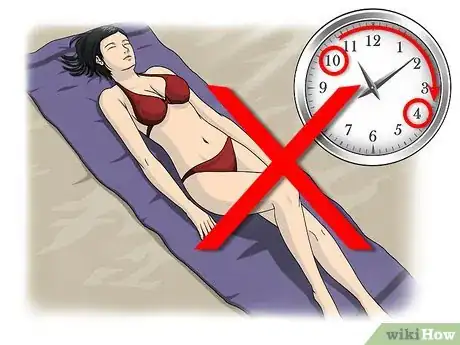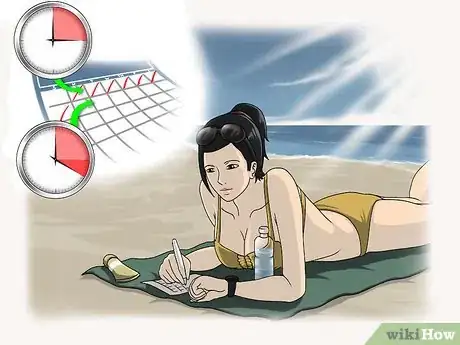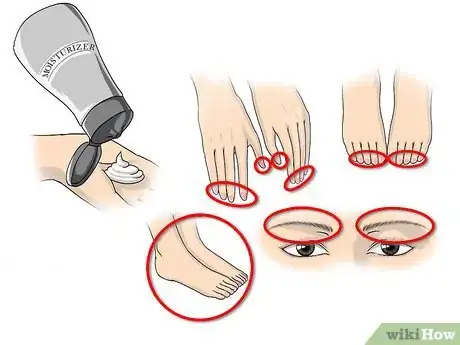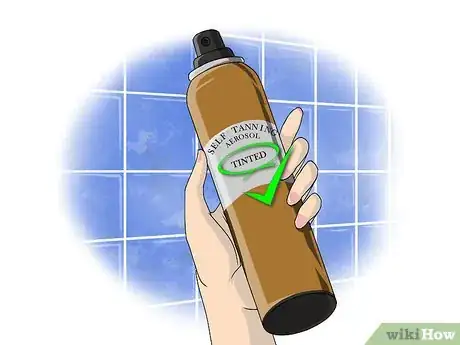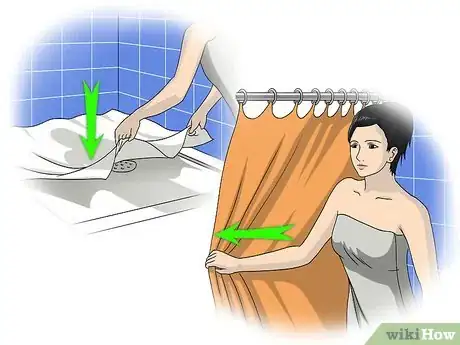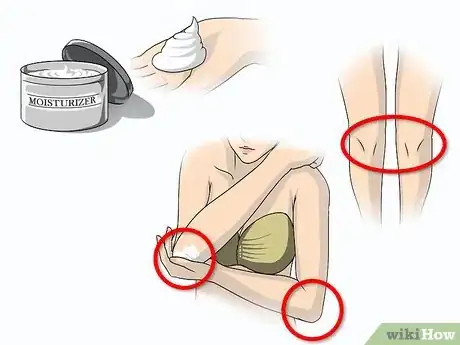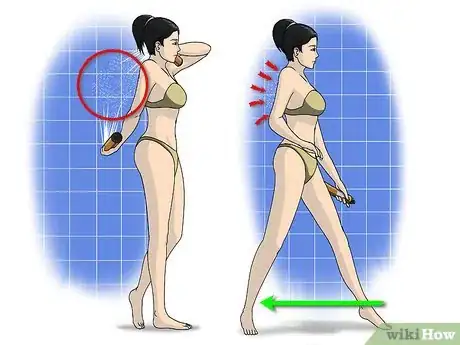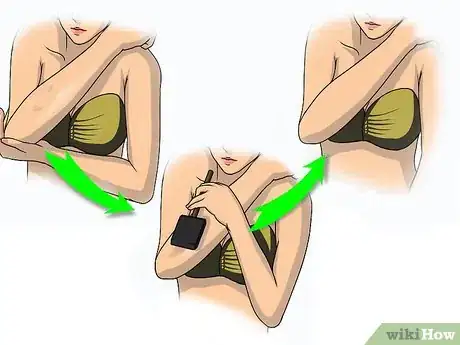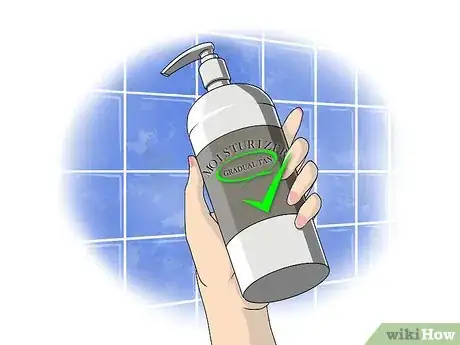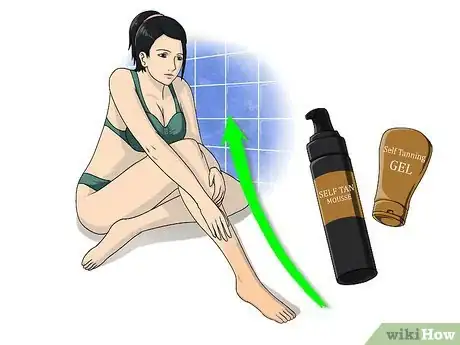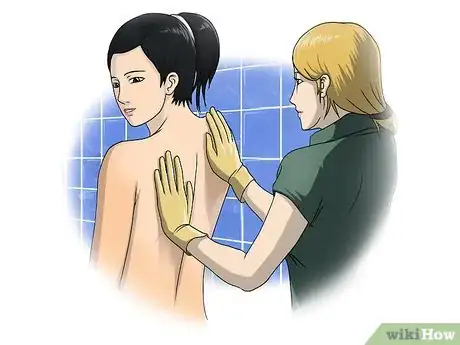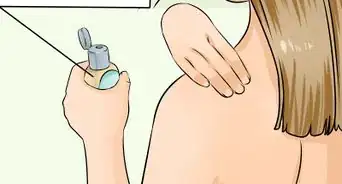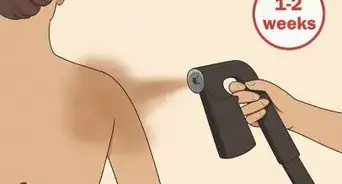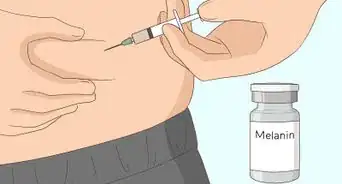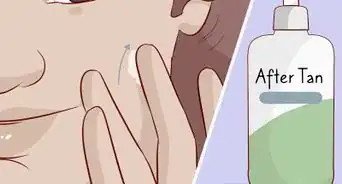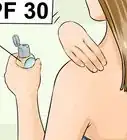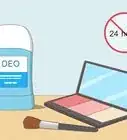This article was co-authored by Margareth Pierre-Louis, MD. Dr. Margareth Pierre-Louis is a board certified Dermatologist and Dermatopathologist, Physician Entrepreneur, and the Founder of Twin Cities Dermatology Center and Equation Skin Care in Minneapolis, Minnesota. Twin Cities Dermatology Center is a comprehensive dermatology clinic treating patients of all ages through clinical dermatology, cosmetic dermatology, and telemedicine. Equation Skin Care was created to provide the best in evidence-based, natural skin care products. Dr. Pierre-Louis earned a BS in Biology and an MBA from Duke University, an MD from the University of North Carolina at Chapel Hill, completed a residency in dermatology at the University of Minnesota, and completed a dermatopathology fellowship at Washington University in St Louis. Dr. Pierre-Louis is board certified in dermatology, cutaneous surgery, and dermatopathology by the American Boards of Dermatology and Pathology.
This article has been viewed 1,557,325 times.
Skin with a warm, sun-kissed tan can look radiant, sexy, and attractive. At the same time, you want to be careful to avoid getting sunburned, and you want to minimize any risks associated with tanning. This article will provide you with guidance for sun tanning, spray tanning, and self tanning that will help you to look great and avoid sunburns.
Steps
Tanning Safely When You're Outdoors
-
1Wear sunscreen instead of sunblock. Sunscreens allow some of the sun's rays to penetrate, giving you some tanning action while shielding you from many harmful UVA and UVB rays.
- Always reapply your sunscreen every 2 hours to prevent any sunburn or sun damage to the skin.[1]
-
2Choose water-resistant sunscreen. Before you start sweating or swimming, wait about 20 minutes to give your sunscreen a chance to bind to your skin.Advertisement
-
3Avoid peak hours. Do not lay out between 10 a.m. and 4 p.m. The sun's rays are strongest during those hours, and you're more likely to get a sunburn.
-
4Build up your time in the sun slowly. Start by laying out for 15 minutes and add 5 minutes or so per week. Your tan will progress more gradually, but you'll avoid getting burned.
Giving Yourself a Spray Tan
-
1Exfoliate before you start. Use a body scrub and a loofah to get rid of dead surface skin cells, or you'll come out of your tanning session looking speckled.
-
2Put moisturizer on your fingernails, toenails, feet and eyebrows. Otherwise, they may end up turning dark brown or orange.
-
3Choose a tinted aerosol if you're doing your spray tan at home. When you use clear aerosols, you may have a difficult time telling how much spray tan you've applied to your skin.
-
4Put a towel down on the base of your shower. Get into your shower and close the curtain so that you don't accidentally spray tanning product onto other bathroom surfaces.
-
5Go easy on dry areas. Put extra moisturizer on your knees and elbows, and spray them lightly compared to other areas.
-
6Use a special technique to spray your back. Spray product into the air and step back into it as you would if you were applying perfume. Do this 2 to 3 times to make sure that you get enough product on your back.
-
7Correct mistakes with a sponge brush. You can also buy a specially designed tanner remover to take off dark spots, streaks or other application errors.
-
8Get a salon airbrush tan if you don't feel comfortable doing it yourself. Expect to pay between $80 and $100.
Applying Self-Tanning Mousse or Gel
-
1Exfoliate your skin with a body scrub and a loofah. Apply your tanning mousse or gel immediately after you prep your skin to ensure the smoothest coat possible.
-
2Apply a moisturizer that contains a gradual tanner.
- Make sure that the product is formulated to work with DHA, which is the active ingredient in most self-tanners.
- The moisturizer will do double-duty for you by providing coverage for spots you may miss when you apply mousse or gel.
-
3Start at the bottom of your body and work your way up. Working this way will keep you from creasing your skin when you bend over to apply the self-tanner.
-
4Ask a partner to help you. You may need assistance applying a mousse or gel to your back and other hard-to-reach areas.
Community Q&A
-
QuestionHow do I know if I'm about to burn?
 Community AnswerYour skin starts feeling warm, but it's a deep sensation. Your skin may also look speckled even if it doesn't look red. Your sunburn will usually appear after you shower.
Community AnswerYour skin starts feeling warm, but it's a deep sensation. Your skin may also look speckled even if it doesn't look red. Your sunburn will usually appear after you shower. -
QuestionHow do I became dark brown like Ariana Grande without getting a sunburn?
 Community AnswerApply a self-tanning aerosol. Her "tan" has a slightly orange tinge to it, which suggests it comes out of a can, rather than from the sun.
Community AnswerApply a self-tanning aerosol. Her "tan" has a slightly orange tinge to it, which suggests it comes out of a can, rather than from the sun. -
QuestionDo red-heads tan or burn?
 Community AnswerIt really depends. If you're already darker, you'll tan more and burn less (but even very dark people get sunburned). However, most red-heads are pale, and tend to burn. It depends on skin color rather than hair color.
Community AnswerIt really depends. If you're already darker, you'll tan more and burn less (but even very dark people get sunburned). However, most red-heads are pale, and tend to burn. It depends on skin color rather than hair color.
Warnings
- Indoor tanning is more likely to cause melanoma than outdoor tanning, according to the American Cancer Society. Young women are especially vulnerable to melanoma development if they tan indoors as teenagers. For these reasons, skip the tanning salon. If you feel compelled to tan indoors, then limit yourself to 3 sessions per week.⧼thumbs_response⧽
References
About This Article
To get a good tan in the sun without getting sunburned, wear a water-resistant sunscreen instead of a sunblock so you will still get some of the sun’s rays on your skin. You will need to wait 15 minutes after application before you start sweating or swimming. In addition, you should not tan between 10 a.m. and 4 p.m. since the sun’s rays are strongest then and you’re more likely to get burned. You should also tan in short bursts as you slowly increase how long you tan each week. Scroll down to learn how to give yourself a spray tan!


